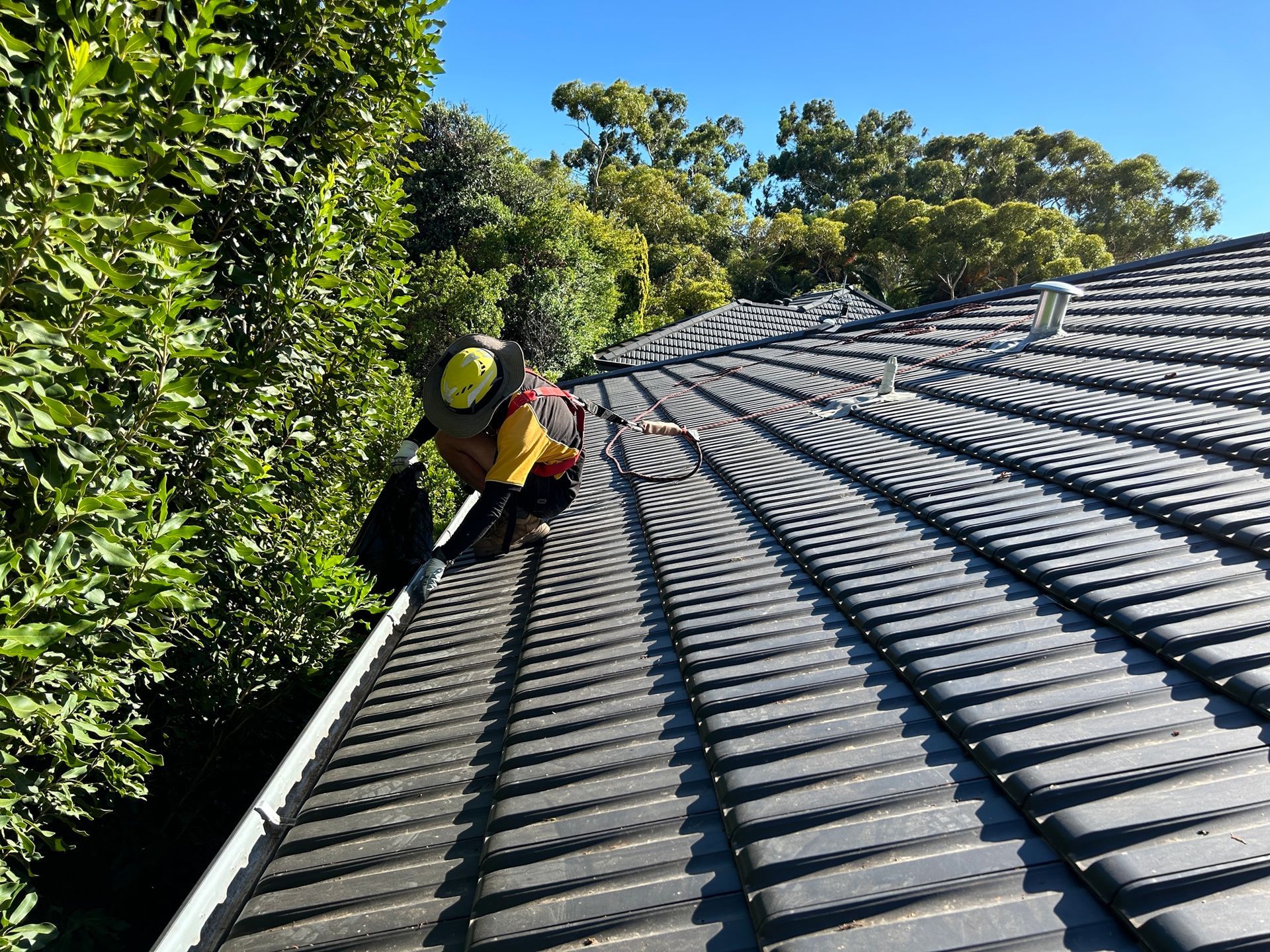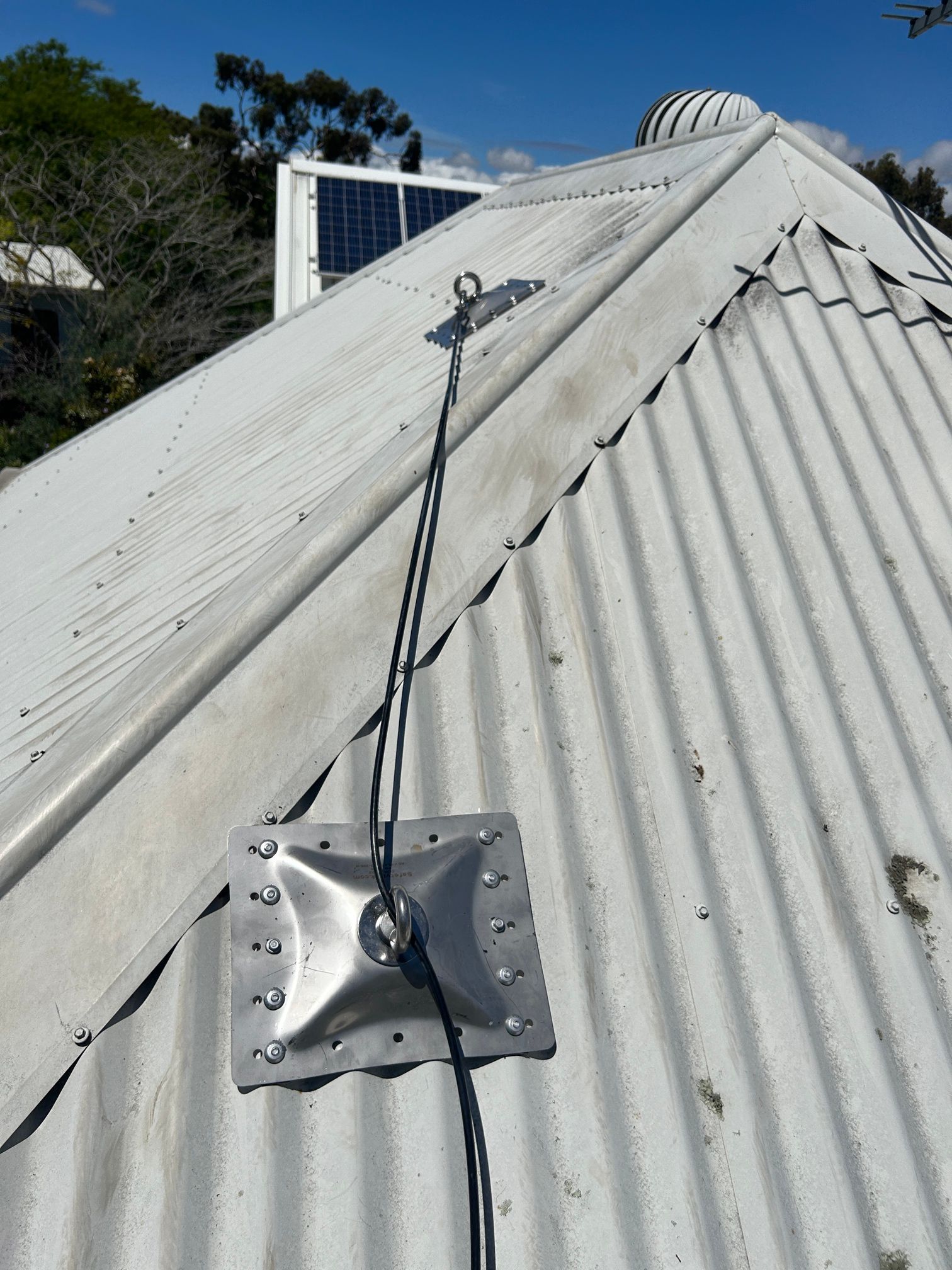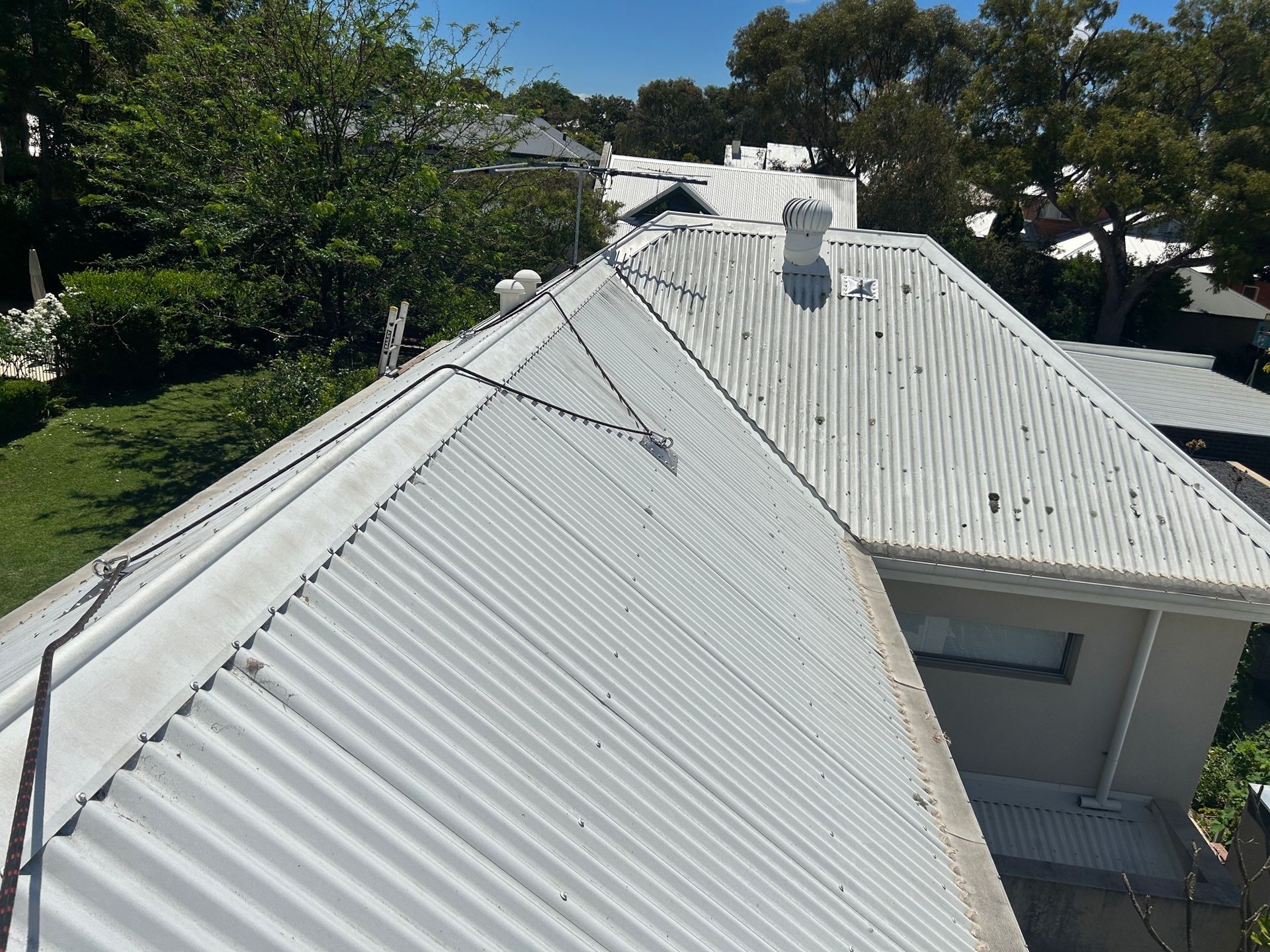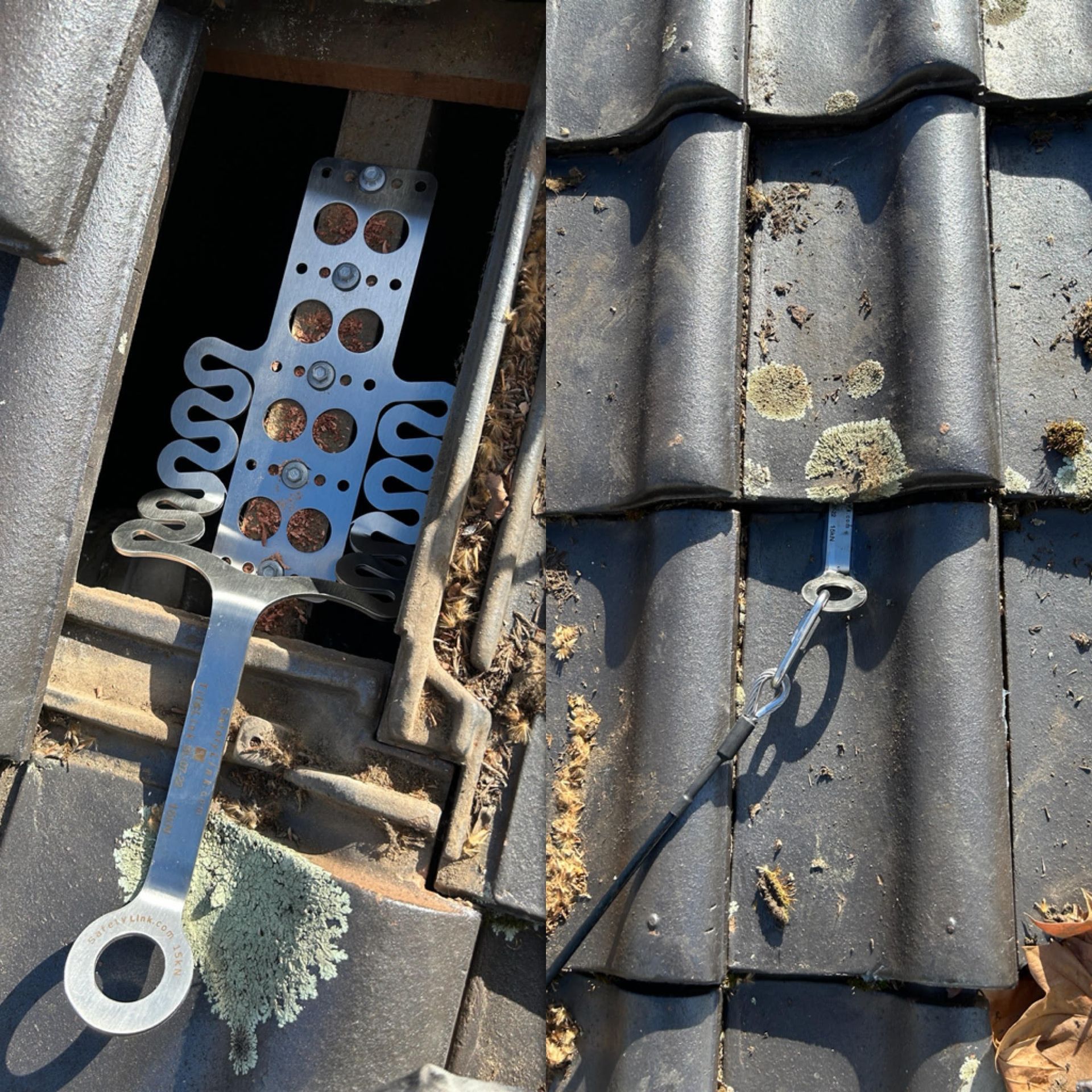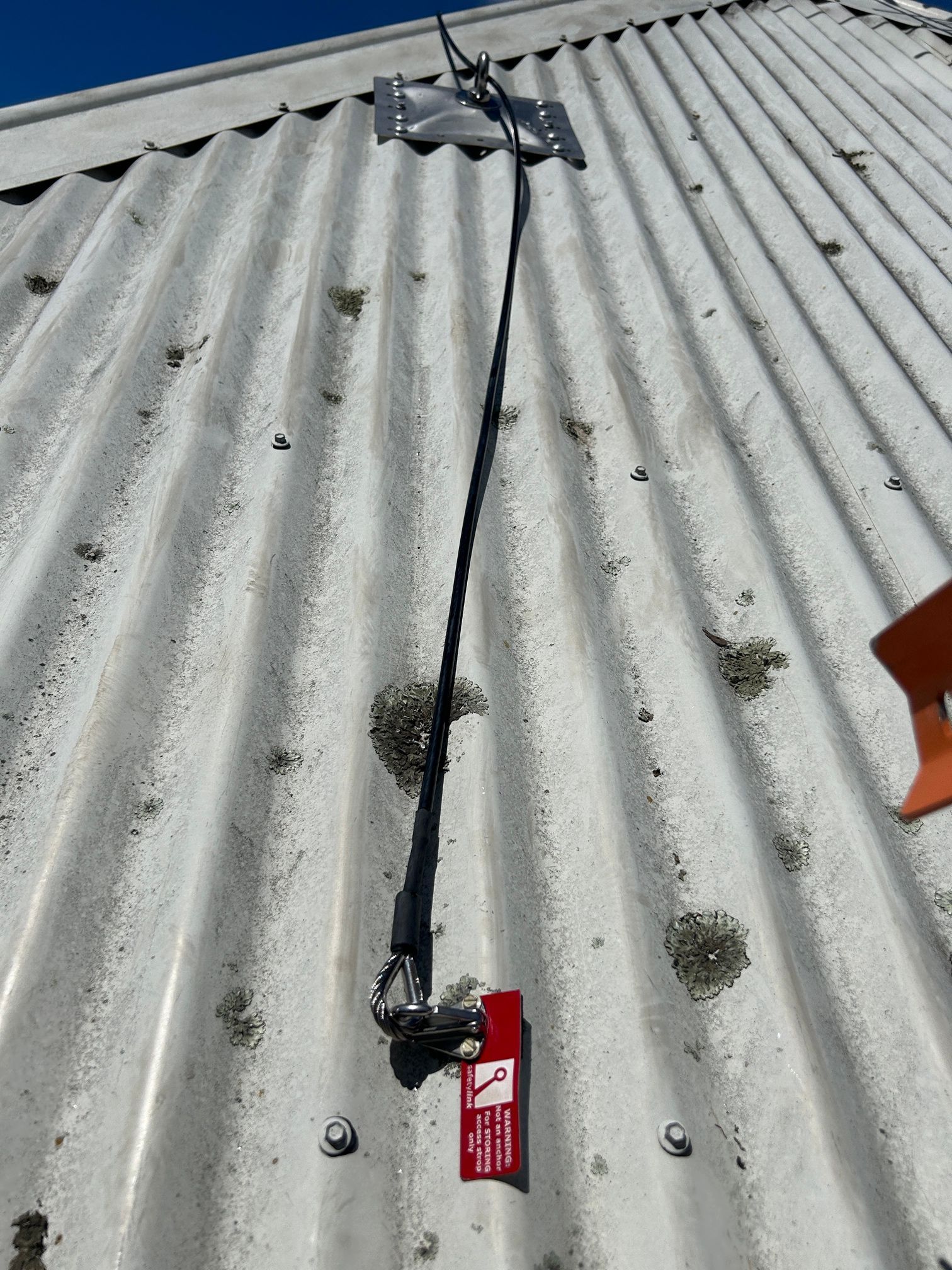Ensuring Safety Above All: The Significance of Australian Roof Safety
In Australia, where blue skies and sunny days are the norm, rooftops play a crucial role in our daily lives, whether it's protecting us from the elements or providing a platform for solar panels.
However, amidst the convenience and functionality, ensuring safety on Australian roofs is paramount.
From legal obligations to statistical realities, here's why prioritising roof safety is non-negotiable for both clients and contractors.
Legal Requirements and Responsibilities:
In Australia, occupational health and safety laws mandate that both clients and contractors uphold strict safety standards, especially concerning working at heights. For clients, this means providing a safe environment for contractors to work in, which includes ensuring proper safety equipment and procedures are in place.
Contractors, on the other hand, are obligated to adhere to safety regulations, conduct risk assessments, and implement appropriate safety measures throughout the duration of the project.
Statistics of Working at Heights in Western Australia:
Western Australia, like many regions across the country, grapples with the inherent risks associated with working at heights. According to recent statistics, falls from heights remain one of the leading causes of workplace fatalities and serious injuries in the state. These incidents not only result in personal tragedies but also incur significant financial and reputational costs for businesses.
https://data.safeworkaustralia.gov.au/insights/key-whs-stats-2023
The Role of Roof Access Systems:
One effective measure in mitigating the risks of working at heights is the installation of roof access systems. These systems provide safe and controlled means of accessing rooftops, reducing the likelihood of accidents and injuries. By incorporating features such as guardrails, walkways, and anchor points, roof access systems offer greater stability and security for workers performing tasks at elevated locations.
Enhanced Safety: Roof access systems minimise the risk of falls and accidents, thereby promoting a safer working environment.
Compliance: Implementing these systems ensures compliance with legal requirements and industry standards, safeguarding both workers and businesses from potential liabilities.
Efficiency: With easier and safer access to rooftops, contractors can perform tasks more efficiently, leading to increased productivity and reduced project timelines.
Long-term Cost Savings: While the initial investment in roof access systems may seem significant, the long-term cost savings associated with preventing accidents and injuries far outweigh the expenses.
In conclusion, Australian roof safety is not just a legal obligation but a moral imperative. By prioritising safety and investing in appropriate measures such as roof access systems, both clients and contractors can create a workplace environment that is not only compliant with regulations but also conducive to the well-being and prosperity of all involved parties. After all, when it comes to working at heights, there's no room for compromise—safety must always come first.

rooftop gutters & window cleaning
© 2024 Rooftop Gutters & Window Cleaning. All rights reserved
Website managed by Kielans Computer Store
